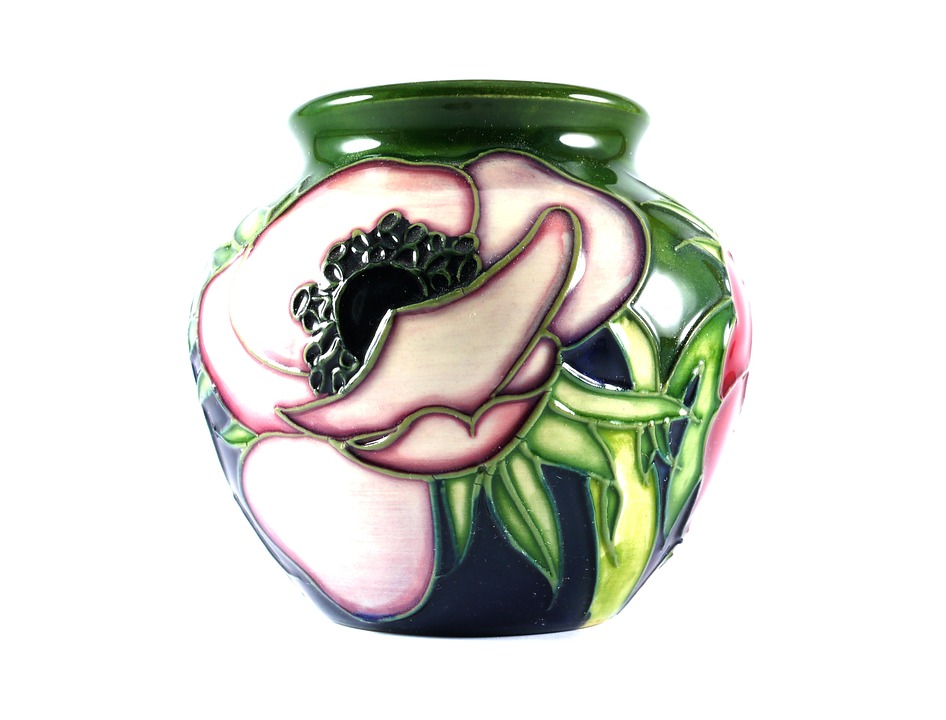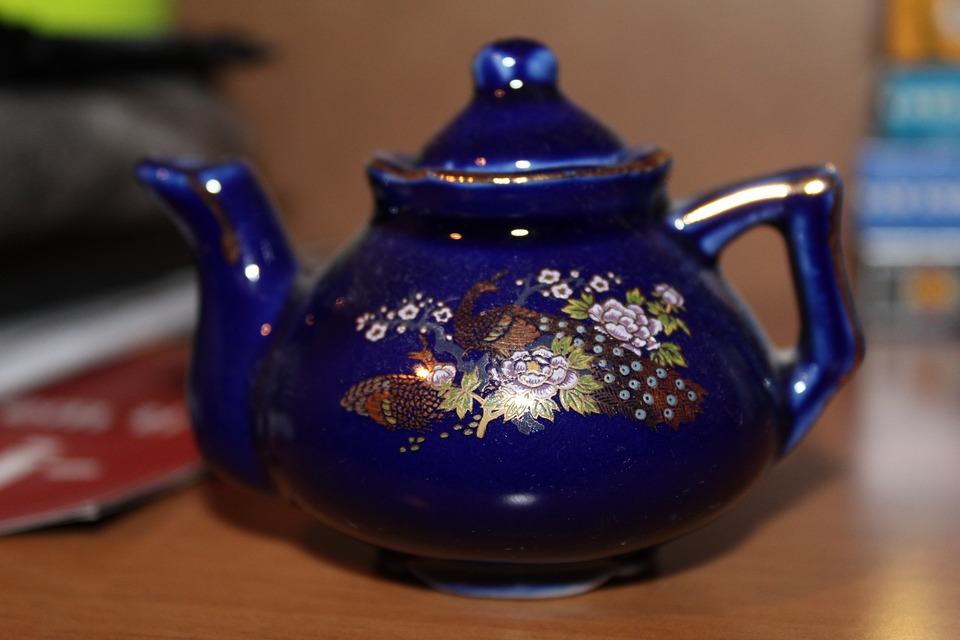Antique plates can add whimsy, attract attention, and perfect your interior decorating. They can range from the very attractive to ugly and often come with rich stories. They make beautiful tableware and displays and can become pieces of real value to sell at any time.
Moorcroft Pottery is all about the pursuit of perfection and quality. The first studio was established in 1897 and designs were created by William Moorcroft – each piece carried his trademark. William began with a large ceramic company, but his pursuit of individuality led to his separation with them, and he was then sponsored by funds from Liberty of London. His belief in his own abilities was repaid when William became Her Majesty’s Potter in 1928.
After his death, William’s son Walter took over the business, and the company remained mostly in family hands until 1984. Born in Burslem, England in 1872, William Moorcroft studied in schools of craft and obtained his Art Masters Certificate in 1897. He went on to work at James McIntyre & Co in Burslem. Here he produced the early works of Aurelian and went on to be the innovator of MacIntyre Ware. This created the Lustre Ware for Liberty & Co, Florian Ware, Landscape Pattern, and Later MacIntyre Ware.
Many of this creation were to do with a functional role such as tableware. He continued to produce floral designs into the 1930s, using more exotic flowers which could only mean more significant success. Moorcroft then processed to different floral designs representing the pioneering work of Galle, Tiffany, and others in a different and unique style. He was quite prosperous through most of these times as the public demand for his work remained high. He further experimented with landscape designs, and these are now, years later highly sought after
He later moved to Cobridge and arguably created the Art pottery for which Moorcroft is defined by the collectors around the world. His product is revered in countries such as Canada, the USA, Australasia, England, South Africa, and parts of Asia. His style initially embraced the Art Nouveau period, and though it evolved into a more contemporary form, it still kept the organic flowing concept of the Nouveau period.
The technique was consistent, and that was slipware appliqué technique with underglaze coloring. The finished glaze was mostly a deep gloss or a semi-matt or a salt glaze. Sometimes pewter or silver mounts were applied.
Moorcroft Pottery is unique, elegant, and eminently collectible. If you are planning to start a collection or already have one, then you will be rewarded with years of pleasure and satisfaction from this unique experience, and maybe this is why people today are still collecting and will continue to do so in the future






